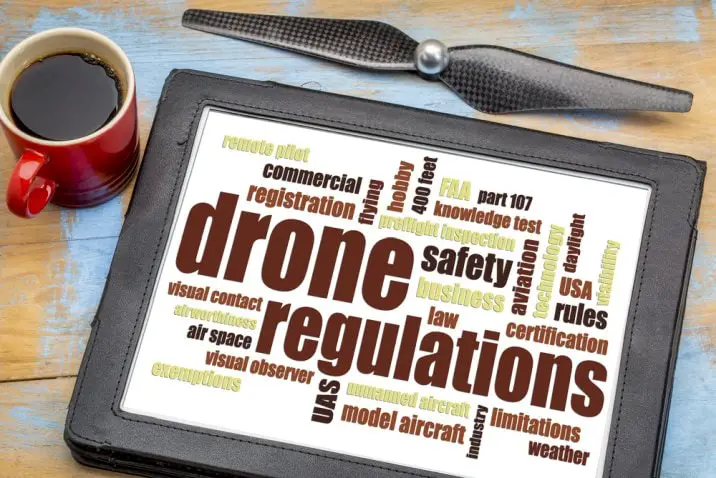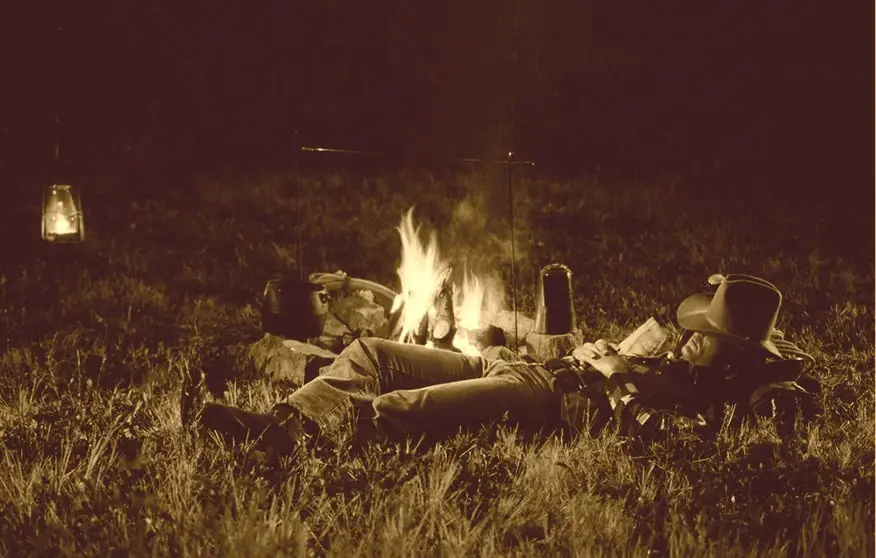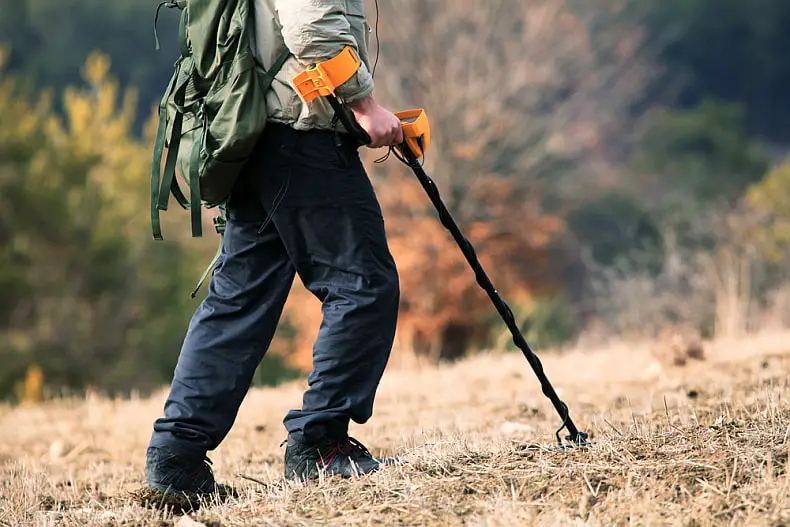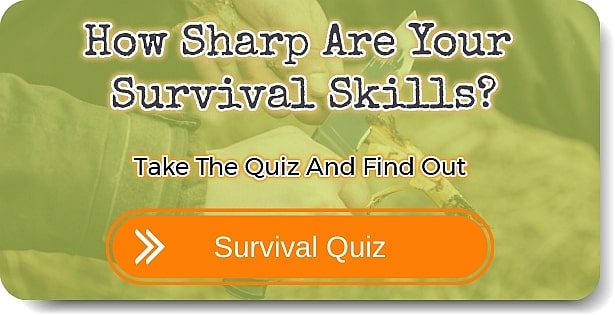Drones are becoming quite popular for regular people to use. They were originally only used by the military and then eventually made their way into the retail market. Due to this, new rules had to be established for people, such as where they are allowed to be.
According to the United States National Park Service or NPS, drones or any unmanned aircraft are considered a security threat to park visitors and staff. However, there is not a national rule against them in other parks. Therefore, each park has its own rules regarding drone flight. In fact, many Public & State Parks actually allow them.
The extent they tend to allow them will differ from park to park. Therefore, each district has the authority to create its own rules on drone use and might regulate drone flight in their park. Since the rules differ, you might have one rule in one park that does not exist in another.
The only way to truly know is to check into the park you’re choosing to go to. Of course, there are some major differences between state, public, and national parks. This is important to remember, as drone use can be completely different in each.
On top of this, there will be local state laws regarding drone use that one must consider as well.
Table of Contents
National Vs State Parks
National Parks are places like Yellowstone or Yosemite. They are specifically listed as National Parks and all rules and regulations surrounding each of these parks will be the same. The only exception to this would be specific rules that are park-focused. Such as payment to camp there or closing due to weather events, among others.
There are now officially 63 noted National Parks, spread out across 29 states and 2 United States Territories. These are the parks with the literal name “National Park” in the title. These parks will be preserved, maintained, and protected by the National Park Service.
However, there are actually 423 parks within the “National Park System.” There are many more that are considered NPS Affiliates too. The reason there are only 63 noted as a “National Park,” is due to a number of factors.
Yet the main goal when making a place a “National Park” is that the country feels this specific area needs to remain as long as possible. Therefore, by making it a National Park, the United States makes the park its responsibility to maintain and protect it. The other parks are not maintained the same way.
State Parks:
There are currently a mouth-dropping 10,234 State Parks nationwide. Some of them will contain the words “State Park” in their title, just like the national parks that contain “National Park” in their title. Think of places like Niagara State Park or Eldorado Canyon State Park here.
Since there are over 10,000 of these parks, you can quickly see why there are far too many to create a specific national rule regarding them all. It is important that we reference these places as what they are, and not loop them into the national parks.
The reason for this is that the specific state they are in will be responsible for maintaining and protecting them, not the national park service. On top of this, since they are part of state-owned land, the rules might be similar across all the parks in a specific state.
However, there are some exceptions to this. For example, many might allow camping while others might not or restrict it. Those near beaches will allow swimming but some near rivers or lakes might restrict this. Of course, they all seemed to have different rules regarding the recent COVID-19 Pandemic too.
FAA Drone Rules

Before you can truly understand or know the drone rules for National and especially State Parks across the country, you must first know about the FAA. Yes, the Federal Aviation Administration…which is not to be confused with the Air Force. Some tend to confuse the two for some reason.
Many will tell you that the FAA tends to be underneath the Air Force, but that is not accurate. As they are two completely different areas of the federal government. The FAA is under the U.S. Department of Transportation, while the Air Force is within the U.S. Armed Forces. Yet the Air Force will often help the FAA enforce its laws if local law enforcement cannot.
You’ll also note the FAA is behind all of the weird airport rules, such as what you’re allowed to take on a plane. How toothpaste larger than a small tube affects airplane security, we’ll never know.
To understand FAA’s Drone Rules, you first need to be aware that they break up how they handle drone or unmanned aircraft use into three different categories: Commercial, Recreational, and Government Employee.
Universal FAA Drone Rules:
One of the most important rules that both commercial and recreational drone users must follow is what the FAA calls the “line of sight” rule. It’s exactly as it sounds. You need to be able to see the drone. If you cannot, then it’s not within legal use.
“Line of Sight” does not just mean you cannot take it incredibly high or fly it very far away. It also means you need to keep it within a straight-line path of your eyes. If you need to look up heavily, it’s too high.
The size of your drone must also be within a specific weight limit under both recreational and commercial rules. The FAA allows any drone from 0.55lbs to 55lbs. Anything larger must be cleared by the FAA and must automatically be registered even if you do not plan to fly it.
As of January 2018, recreational drone users had to register their drones. Commercial users have to already register them. Due to the registration, non-United States citizens are not able to fly them as they cannot register the drone. Since you need registration, that sort of ruins things.
Differing Drone Rules:
If you are a recreational user, not only do you have to register your drone but you also have to mark the outside of the drone with your registration number. You must also carry around your proof of registration when flying. On top of this, if registered for recreational flight…that specific drone cannot be used for any other purpose without further registration.
As a Rec-User, you’re only allowed to fly up to 400ft or into what the FAA refers to as Class G Airspace. This is an area where they are not controlling manned air-travel, allowing you to fly there freely without a problem.
Most drones come with mobile applications, which are usually set to help you know how high you’re getting or how far away you are. Many are also built to have a specific drone reach of what they believe a reasonable distance might be from the controller.
Commercial drone users must register their drones too, but they are also required to get a license to fly them. They also have a newer rulebook for commercial users the FAA calls Part 107. Within this sector, you’ll see quite a lot of operational rules, such as:
- Must only fly in daylight hours must weigh under 55lbs
- Maximum Groundspeed of 100mph
- No flights over people not involved with the drone’s operation
- Must have a Remote Pilot Certificate with an sUAS rating for commercial flight
- Class B, C, D, and E airspace are allowed with required ATC permission
- May use visual observer (VO) but not required
- First-person view camera cannot satisfy the “see-and-avoid” requirement but can be used as long as the requirement is satisfied in other ways.
- Maximum altitude of 400 feet above ground level (AGL) or, if higher than 400 feet AGL, remain within 400 feet of a structure.
Commercial users are the types of people who work for companies that require drones to be used for any reason. As you can see, there are a lot more freedoms given to commercial users but they are also held to a much higher standard.
You’ll likely see commercial pilots work for companies like Amazon, which uses delivery drones in some portions of the United States to deliver packages. There’s a lot of rules for operation as well as for pilots, so we recommend checking out the full Part 107 rulebook.
Government Employee Rules:
These are the most relaxed drone rules, as they will usually involve the use of a drone for something relatively important. It might even involve the use of the drone for police or military use as well as those involved in a rescue team.
Even the government employee must maintain specific distances from people and must abide by all FAA & State rules on privacy. This includes police requiring a permit before they can search a home with a drone or even fly over it, look through windows, etc.
This is also needed for any surveillance of someone. Without a permit, you cannot operate a drone any differently than a common user of a drone. They also have to follow any specific state laws on drone use for the most part. The freedom comes in when you’re allowed to add a microphone, weapons, and everything else that normal drones cannot.
Regarding weapons, the user of the drone usually must have specified training to operate a drone and likely even a special license. They will also need weapons training when using a drone equipped with a weapon.
This is not as common to see outside the military. However, since police departments often get a lot of used military equipment, weapon-equipped drones have made their way into police departments across the country. However, the FAA is against weaponized drones as are most states. This is why you do not often see them even when departments have them.
There is an entire drone use rulebook for government employees that can be viewed here.
National Park Drone Rules

The National Park System is pretty tough on drone use. In the National Park rulebook, under 36 CFR 1.5, it reads: “the flight of any unmanned aircraft (including drones and model airplanes) is prohibited in all national parks.”
As referenced earlier, the National Park System believes they are a security threat to staff as well as park visitors. To be fair to the NPS, they are probably right here. People can use them to watch others, record them in a muted video, or record them with full audio.
Many drones are pretty easy to hear, yet even if humans cannot hear one very well you can probably bet most of the animals still can. This disruption to wildlife is yet another reason why the NPS bans them completely across all 63 parks.
They are pretty serious about this too. People who violate the rule can face up to 6 full months of prison time and even up to $5,000 in penalties. There are some exceptions to drone use in National Parks, however.
They allow them for most scientific studies or research, yet you’ll have to go through the NPS before doing this. You will also need to talk to the head of the specific park you’re conducting said research. Drone use is also typically allowed in rescue attempts by local law enforcement most of the time too.
Of course, due to the rarity of both…this use is not considered to be a major threat to local wildlife or their habitats.
State Park Drone Rules
Unlike with National Parks, sadly, State Parks and their rules on drone use differ so wildly it can be hard to keep up. As referenced, there is no major governing body over all State Parks. A specific state is responsible for its own State Parks.
This tends to be why rules differ so much from state to state. The good part is that most State Parks tend to follow the overall state rules on drone use. Therefore, many parks will simply observe this as the rule they enforce.






